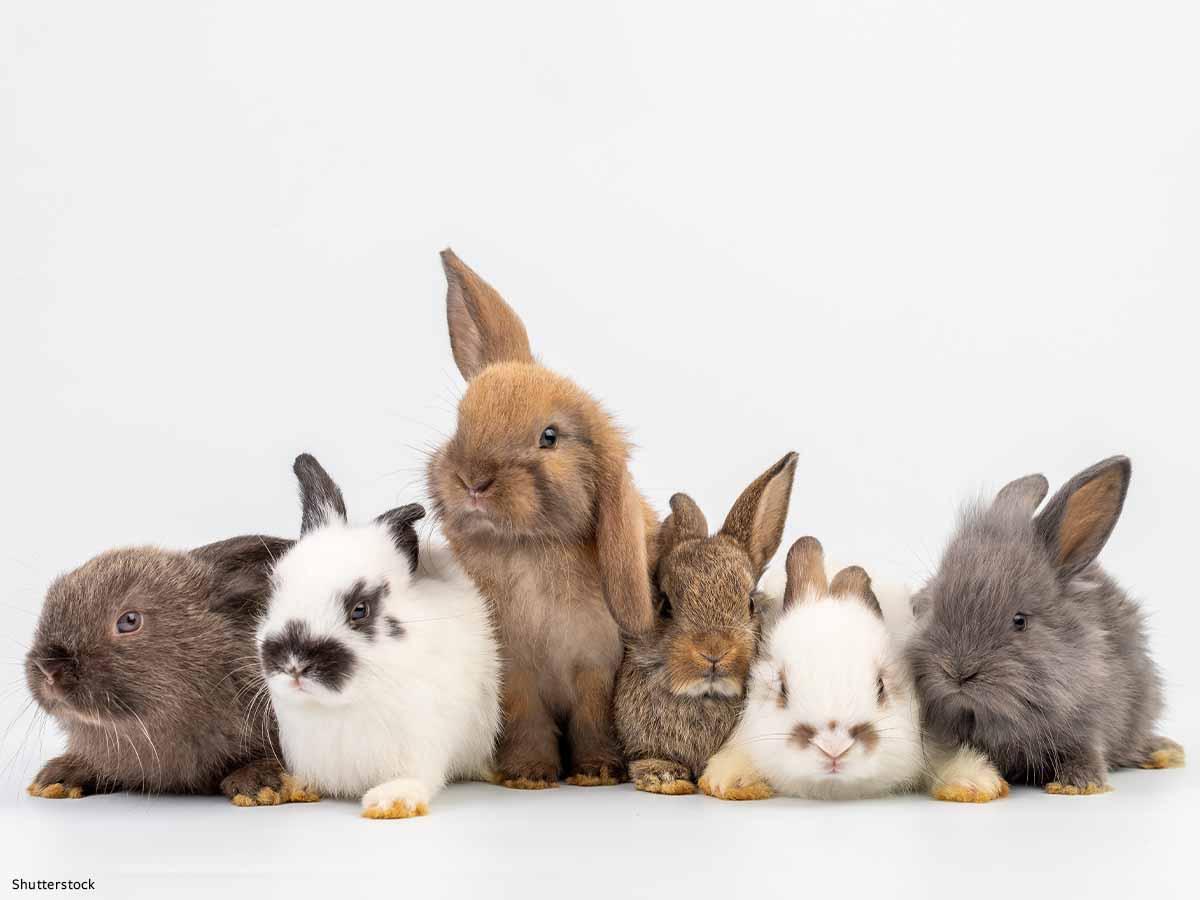It’s All About Rabbits on National Bunny Day
With their big ears, soft fur, and iconic cotton ball tails, bunnies are arguably some of the cutest and most gentle companions welcomed into homes worldwide, but the secret world of bunnies holds a lot more intrigue than most would expect. This year, to celebrate National Bunny Day on September 24, learn all about what makes bunnies so special, and so unlike other beloved companions like cats and dogs.
Following dogs and cats, bunnies are the third most popular companions in the United States with an estimated one percent of households with at least one companion bunny. According to Faunalytics, an estimated 6.2 million bunnies provide companionship to their guardians across the nation, with an increase of about 1 million living as companions since 2001.
Statistics also show that bunnies are the third most surrendered animal companion at shelters, again following dogs and cats. Bunnies are often purchased from pet stores at low prices by people who do not fully understand that bunnies can be difficult pets to care for, living upwards of 10 years, requiring varied and expensive diets and medical care that is usually only provided by veterinarians who specialize in treating exotic animals, which can also mean vet bills much higher for routine care than would be the average for a dog or cat. Bunnies, just like us, crave the companionship of their own species, ideally of the opposite sex, yet are prolific breeders, so sterilising is recommended. These important surgeries can be costly in and of themselves.
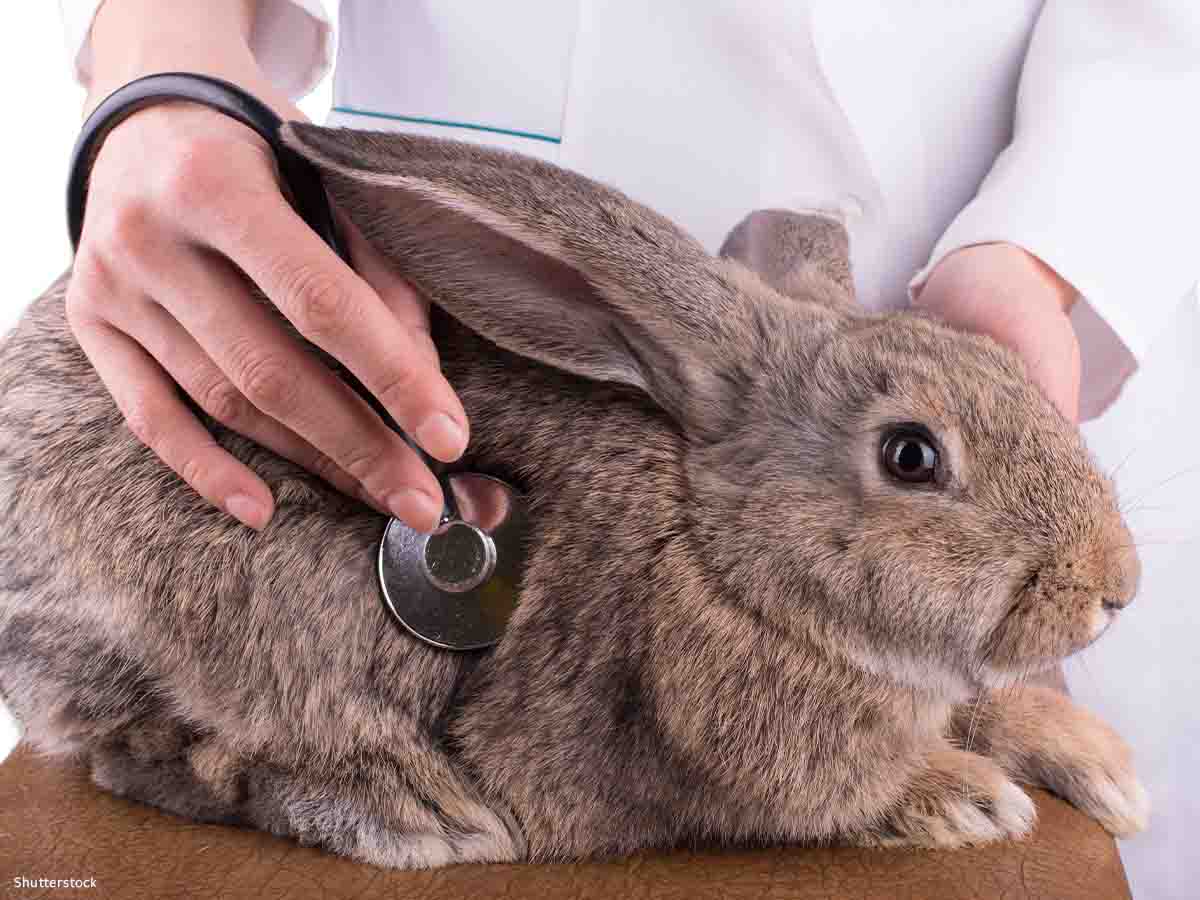
Easter is an especially dangerous time for bunnies being sold in pet stores as they will sometimes be purchased on a whim as gifts for children for the holiday. Once the novelty of a new bunny or two wears off and the realities of caring for companions sets in, bunnies often find themselves in shelters through no fault of their own, or worse, they are turned loose outside which almost always guarantees a painful and scary death. Domestic bunnies are not at all suited to live outside without shelter and protection, unlike their wild counterparts, and are susceptible to predators, harsh elements, lack of food, parasites, and disease.
Bunnies can be incredible companions to guardians who are willing to commit to their intricate and highly specific needs. With so many bunnies in shelters and rescues worldwide, adoption is a fantastic way to welcome bunnies into your home. Earning the respect and affection of rabbits is a compliment like no other.
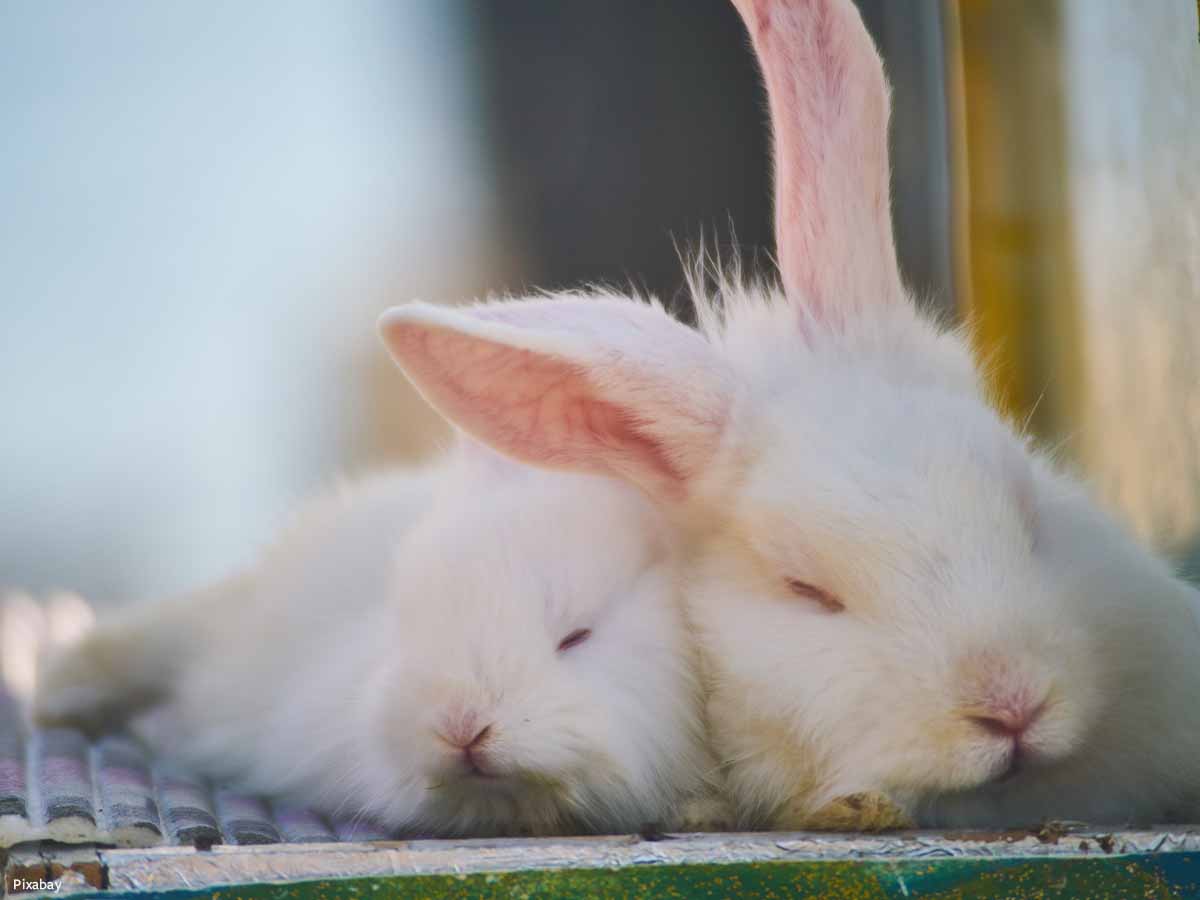
Thinking of adopting a bunny, or a bonded pair? Here are some wonderful quirks and sweet behaviors you can look forward to!
- Bunnies literally jump for joy - You would be hard-pressed to find any bunny guardian that doesn’t list a binky as one of the cutest things they’ve ever seen. A binky is a behavior bunnies exhibit when they are extremely happy and excited where they leap into the air, kick their legs out behind them, and jump with little twists and turns. If you’ve ever seen a dog with the “zoomies,” you’re not too far off — add in some aerial acrobatics and ears flying in the wind and you have a binky.
- You’ll need to get on their level - Despite having been domesticated over hundreds of years, initially having been bred for slaughter, the bunnies we welcome into our homes are considered prey animals. This means they have retained instincts and behaviors similar to those of their wild counterparts, so your interactions with your bunnies will need to be tailored to that mentality. A great way to do this is to lay on the floor and adore each bunny in the way they prefer by allowing them to investigate you, using slow and gentle movements, and petting them in areas of their body that are comfortable — the cheeks, head, and ears are all good places to start with a gentle touch, but each bunny with have their own preferences. There’s a good chance your bunnies will hate being picked up, so bonding with all four feet on the floor is a good idea.
- Bunnies purr, but not like a cat - Another way to tell your bunnies are happy? You’ll have to listen closely, but you might hear what sounds like purring. Bunnies will chatter and grind their teeth when especially content and happy, and it sounds similar to the purr of a cat. It can happen when they love the way you’re scratching them, are enjoying a new toy, or even in their sleep!
- If smitten, your bunnies may claim you as their own - Bunnies have scent glands under their chins and will rub their faces on things they particularly like to claim as their own. This is called “chinning,” and bunnies may chin their favorite toys, their sleeping areas, their food dishes, other companions in their home, or even their guardians! The scent left behind is undetectable to the human nose. Chinning can become tricky when more than one bunny is in the home as bunnies are territorial, but generally this is nothing to worry about and part of normal bun behavior.
- Bunnies come in all shapes, sizes, and colors - Bunnies are truly beautiful animals and take great pride in grooming themselves to keep up those striking appearances. When thinking of a bunny, big ears, a fluffy tail, and tawny fur often come to mind, but appearance can range drastically between breeds. Some bunnies like Holland and English lops have ears that flop around their faces — the English lop actually takes the prize for the longest ears of any bunny breed. Flemish giants, aptly named, are the largest type of bunny, weighing sometimes over 20 pounds, and growing to the size of a small dog. The Netherland Dwarf rabbit is one of the smallest breeds, weighing from a pound to 2.5 pounds in adulthood. Lionhead bunnies are gorgeously unusual in appearance with a mane of wispy “wool” around their faces. Each type of bunny comes with their own special needs based on their coats and physical features, so any potential guardian should do thorough research to understand what will be required to make sure they are prepared to provide for their bunnies. Even with a rainbowed array of bunny breeds, most bunny guardians will agree, however, that the best breed of bunny is one who is rescued.
- Bunnies are social animals - Rabbits, like people, crave interaction with their own species. Since there are no rabbit parks to bring your rabbits to for social visits, plan to adopt a bonded pair or one with the intention of later locating a suitable companion. Just like us, they aren’t willing to accept just anyone, so forcing two unfamiliar rabbits together will not work, and may cause injuries. Rabbit rescue groups will work with you to find your rabbit a friend who both of you can agree upon. After several “bunny dates,” your bunny companion will be ready to welcome their gorgeous new partner into their space.
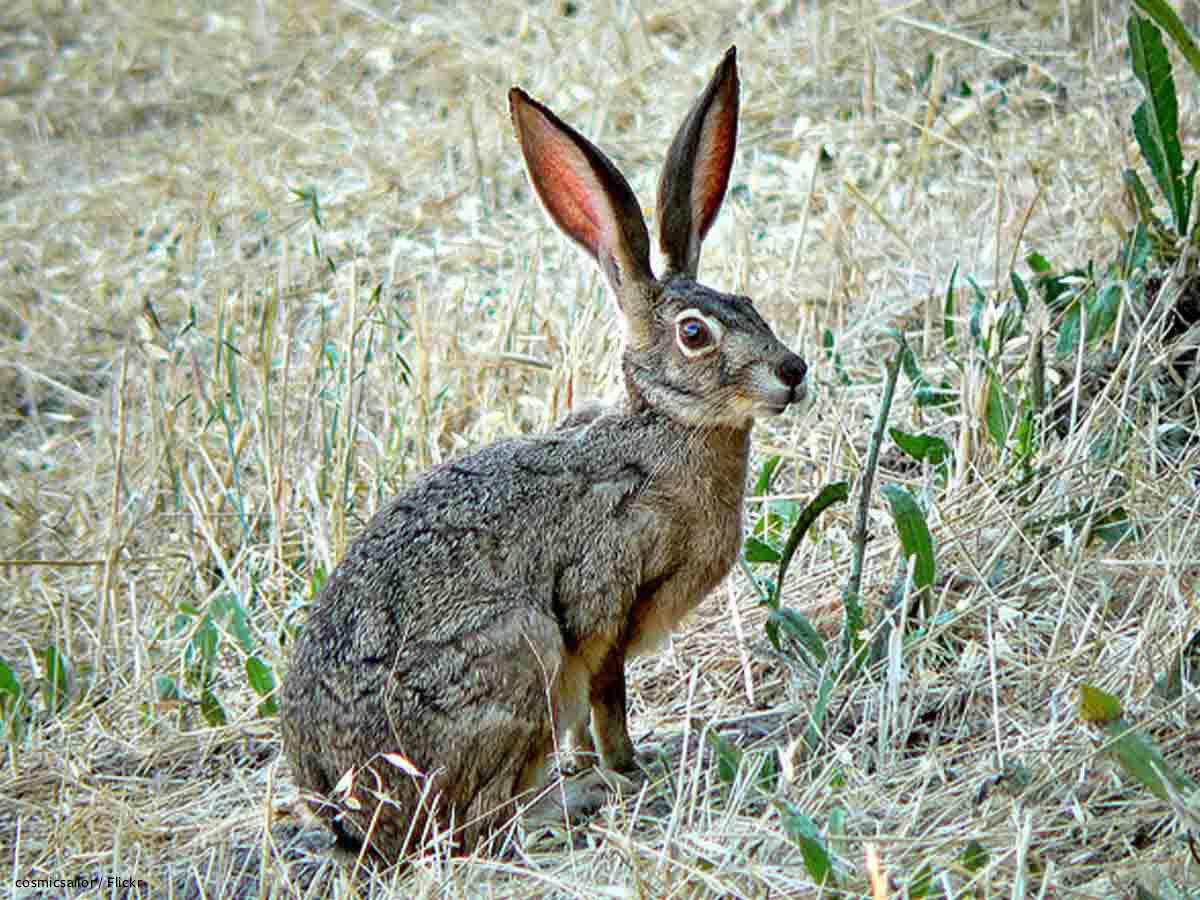
Even if you’re not ready to head to a local shelter and bring a bunny, or maybe a bonded pair, home for National Bunny Day, it’s still a great time to admire and show respect to the wild rabbits local to you! Here are some ways you can provide a safe space for wild rabbits in your own yard!
- Give wild bunnies a bountiful buffet - Just like their domestic counterparts, wild rabbits seek varied diets full of fresh greens, and you can even tailor your garden around rabbits’ preferences. According to SFGate, clover, lettuce, raspberries, blackberries, and carrots are rabbit favorites. It’s important to note that foods that are harmless to us, like avocados, corn, and onions to name a few, can be toxic for rabbits, so always check before offering foods to make sure they are safe for rabbits.
- Supply a bed with that breakfast - Loss of habitat is a huge problem for wild rabbits. Safe spaces to hide from predators are crucial, and imperfect gardens are perfect for protection. Old logs, overgrown shrubs, long grasses, and even larger weeds are great places for rabbits to find refuge. Thick bushes and patches of unmowed grassy areas are great, too! Some animal companions like dogs or cats will sometimes chase rabbits in the yard, so providing hiding spaces and keeping a close eye on other companions will help rabbits feel safe in the spaces around your home.
- Watch out for baby rabbits and know when to help - Mother rabbits build nests in grassy areas near trees and bushes out of grass and fur, making them difficult to spot as they tend to look like patches of dead lawn. Yard work like mowing or raking can disturb or destroy these nests and injure or kill the babies nesting inside. If you accidentally disturb a nest, do your best to repair it by putting clippings, fur, and other nesting materials back where they belong. If you find a baby bunny in your yard it is tempting to intervene, but most of the time, small bunnies do better if left undisturbed. A juvenile rabbit, although small, is very different from a baby bunny in need of help. According to City Wildlife, baby bunnies would need help from a wildlife rehabilitator for the following reasons:
- They are bleeding, have an open wound, or have a broken bone.
- They have been in a cat’s or dog’s mouth.
- They are covered in fly eggs (these look like small grains of rice).
- They are cold, wet, or crying nonstop.
Juvenile rabbits are fully furred, larger than the size of a baseball, and have opened eyes. Juveniles are independent of their mothers and are able to survive on their own. Just because they are small and on their own does not mean you should intervene. Always call a local wildlife rehabilitator if you think a bunny is in need as raising a wild animal without proper training can do more harm than good.
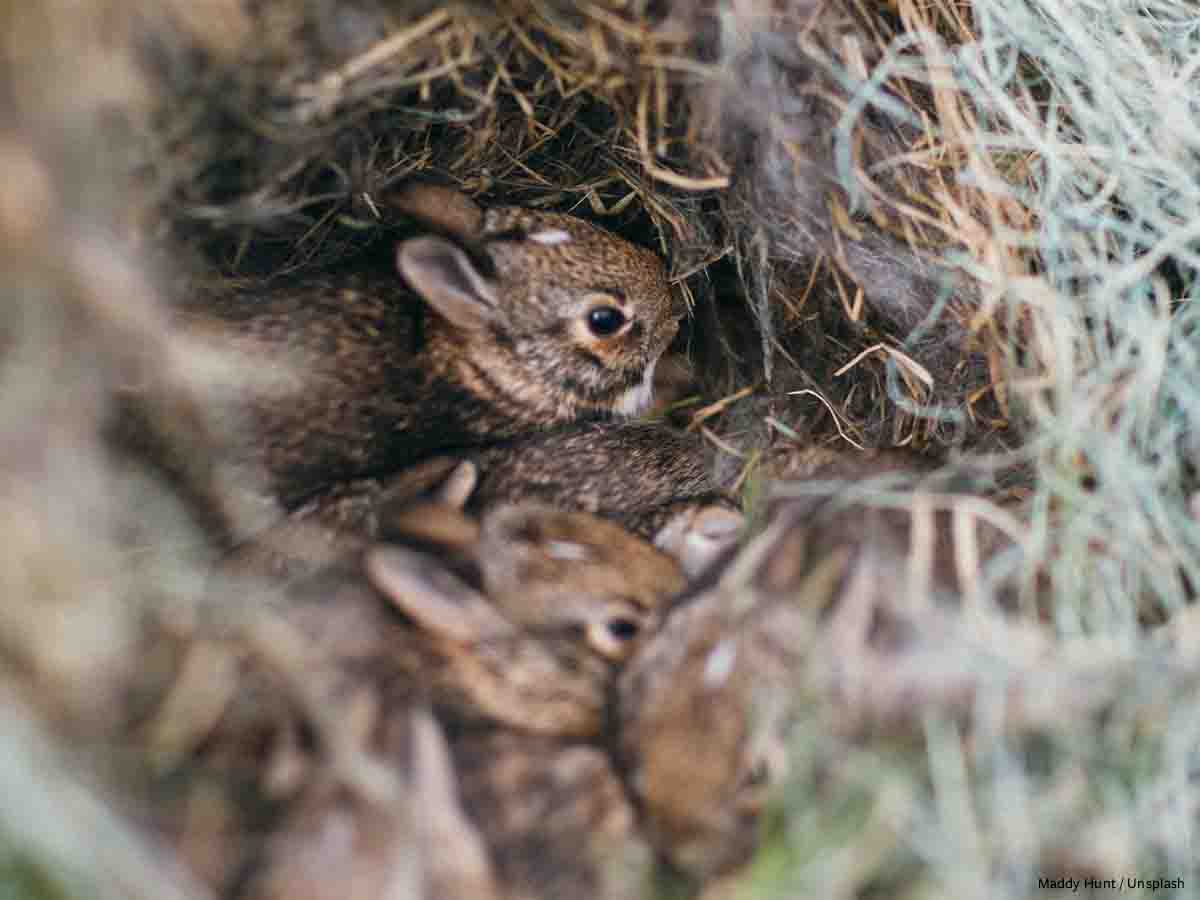
Bunnies are amazing animals and wonderful companions for guardians who are up for an adorable challenge! If you can’t bring rescued bunnies into your home, consider volunteering at an animal shelter or rabbit rescue in your area to make a difference in the lives of buns who could really use your help. It can be a wonderful opportunity to experience what spending time and caring for rabbits is like, empowering you to maybe one day welcome some of these amazing creatures into your life and home.


